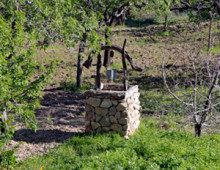Why sequence novel subsurface microbial phylotypes?
The marine subsurface — a region that lies at least a meter below the seafloor — is equivalent in size to roughly 70 percent of the Earth’s surface and is thought to be home to a third of the world’s microorganisms. Because of their location, many of these species have not been studied, much less… [Read More]









